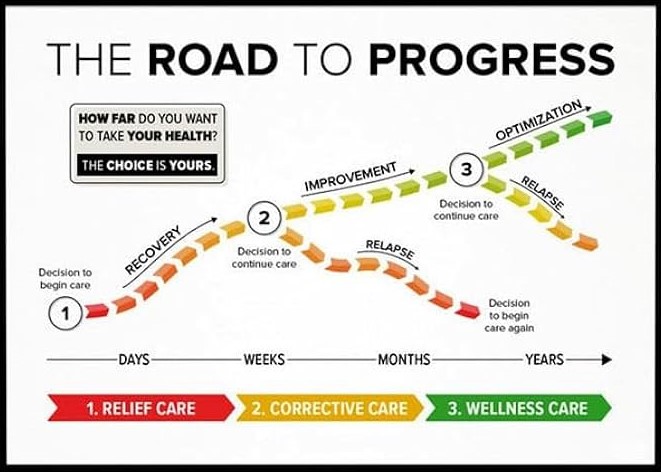Joint pain and stiffness can limit your mobility and affect your quality of life. At The Roeske Clinic, we specialize in treating joint conditions through natural, non-invasive chiropractic care. Our personalized treatments focus on relieving pain, improving joint function, and restoring your mobility, so you can move freely and enjoy life without discomfort.









